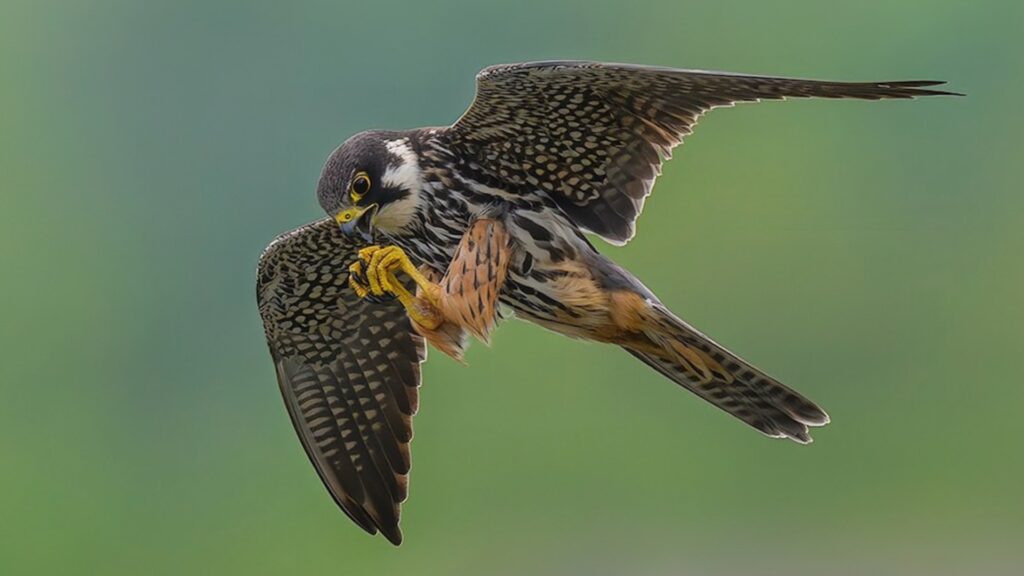
The animal kingdom boasts remarkable aviators, each with unique adaptations that enable them to achieve astonishing speeds. Let’s explore the 13 fastest flying animals, highlighting their top speeds and distinctive characteristics.
1. Peregrine Falcon – 242 mph (389 km/h)
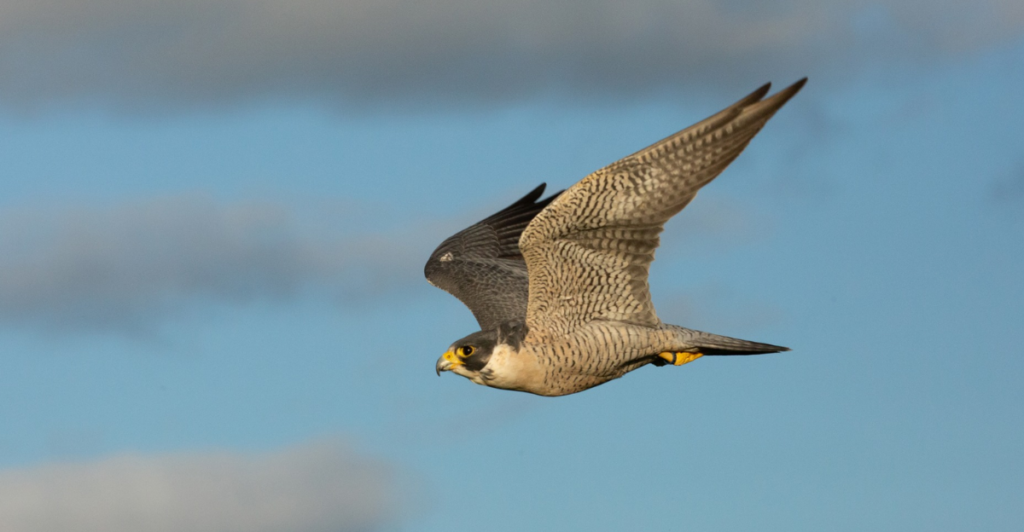
Renowned as the fastest animal on Earth, the peregrine falcon achieves its incredible speed during hunting stoops, where it dives steeply to strike prey mid-air. Its streamlined body, powerful muscles, and pointed wings minimize air resistance, allowing it to reach velocities up to 242 mph (389 km/h). Beyond speed, peregrine falcons possess exceptional eyesight, estimated to be eight times better than that of humans, enabling them to spot prey from great distances. These raptors are found on every continent except Antarctica and have adapted to diverse habitats, including urban environments where they nest on tall structures.
2. Golden Eagle – 200 mph (322 km/h)
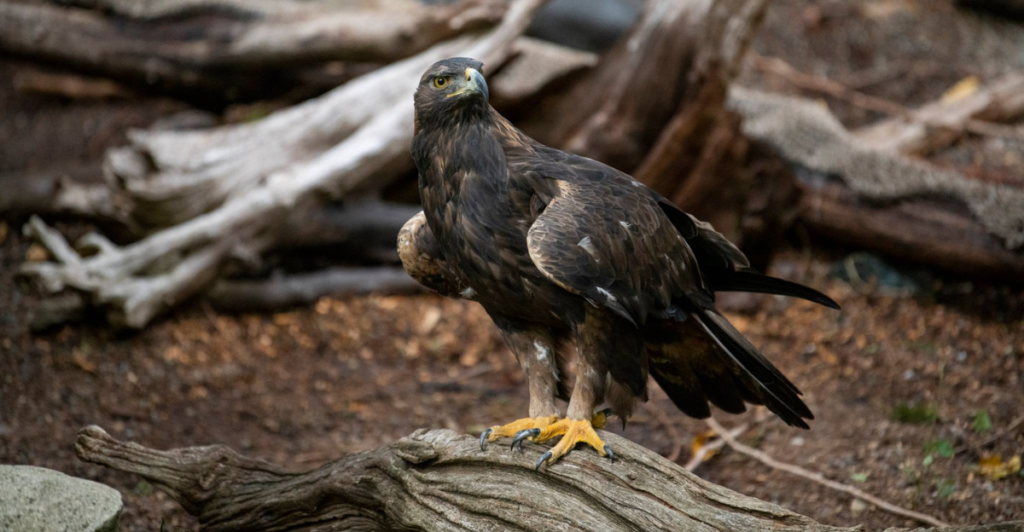
The golden eagle is among the largest birds of prey in North America, known for its impressive hunting skills and agility. During hunting dives or stoops, it can reach speeds up to 200 mph (322 km/h), allowing it to swiftly capture prey such as rabbits, marmots, and ground squirrels. Golden eagles have powerful talons and keen eyesight, which they use to spot and snatch up prey from great heights. They prefer open habitats like mountains, hills, and cliffs, where they build large nests called eyries. These birds are also known for their monogamous breeding pairs, often staying with the same mate for several years or even for life.
3. White-Throated Needletail – 105 mph (169 km/h)
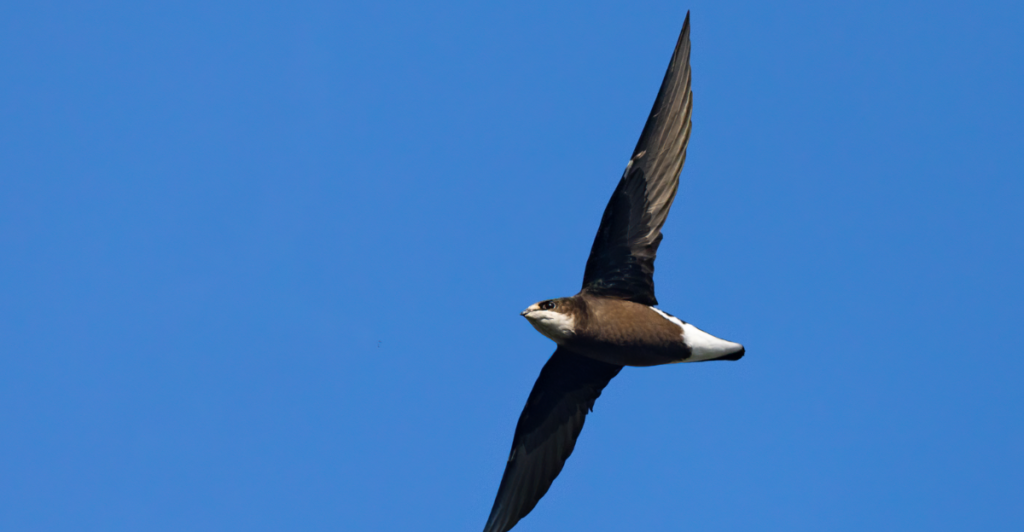
Also known as the spine-tailed swift, the white-throated needletail is the fastest bird in powered flight, reaching speeds up to 105 mph (169 km/h). Unlike the peregrine falcon, which achieves higher speeds in a dive, this swift maintains its velocity through rapid wingbeats. Native to rocky hills and forests in Asia and Australia, white-throated needletails are migratory birds, traveling long distances between breeding and wintering grounds. They feed on insects caught in flight and are known for their aerial agility, often seen darting and swooping through the sky with remarkable precision.
4. Eurasian Hobby – 100 mph (161 km/h)
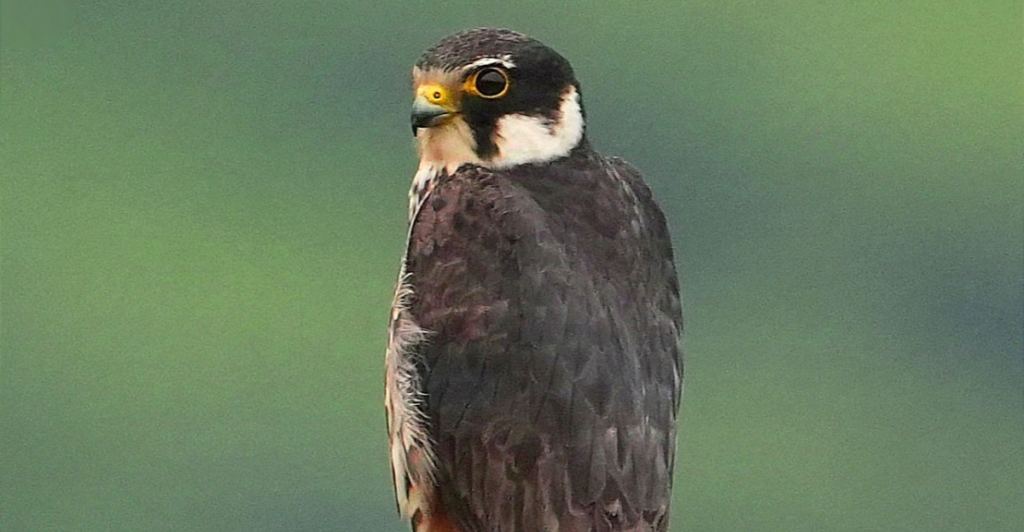
The Eurasian hobby is a small, slender falcon known for its speed and grace in flight. Capable of reaching speeds up to 100 mph (161 km/h), it is adept at catching swifts and dragonflies mid-air. Its long, pointed wings and streamlined body allow for rapid acceleration and agile maneuvering. Eurasian hobbies are found across Europe, Asia, and Africa, inhabiting open woodlands, wetlands, and savannas. They are migratory birds, breeding in the Palearctic region and wintering in Africa and southern Asia. Their diet primarily consists of small birds and large insects, which they often consume while still in flight.
5. Frigatebird – 95 mph (153 km/h)
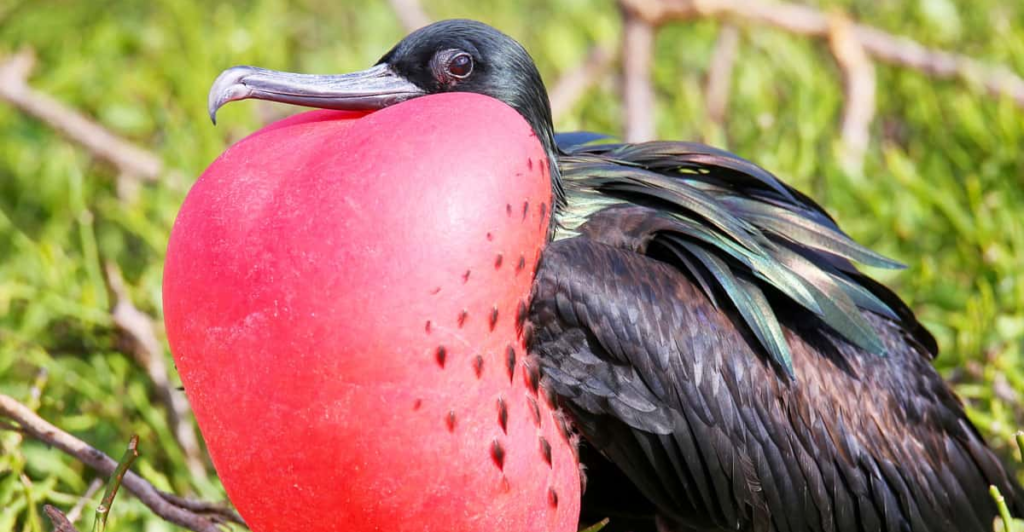
Frigatebirds are large seabirds known for their impressive flying abilities and distinctive forked tails. They can reach speeds up to 95 mph (153 km/h) and are capable of staying aloft for weeks at a time without landing. Frigatebirds have the largest wing area to body weight ratio of any bird, allowing them to soar effortlessly on thermal currents. They are kleptoparasitic, often stealing food from other seabirds in mid-air, and also feed on fish and squid snatched from the ocean surface. Frigatebirds are found over tropical and subtropical oceans and are known for the males’ striking red throat pouches, which they inflate to attract females during the breeding season.
6. Spur-Winged Goose – 88 mph (142 km/h)
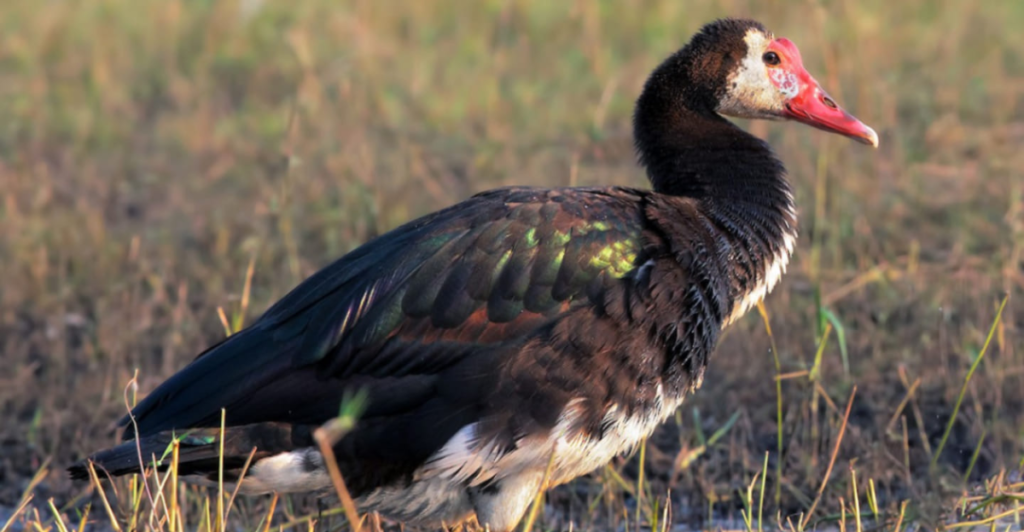
The spur-winged goose is the largest waterfowl native to Africa and holds the title of the fastest-flying goose, reaching speeds up to 88 mph (142 km/h). Despite their size, they are strong fliers with long, broad wings that enable rapid flight. These geese inhabit wetlands, rivers, and lakes across sub-Saharan Africa. They are primarily herbivorous, feeding on aquatic plants, seeds, and grasses, but have been known to consume small fish and insects. A distinctive feature of the spur-winged goose is the sharp spur on the bend of its wings, which it uses for defense against predators. Interestingly, their flesh can be toxic to humans if they have ingested beetles containing the toxin cantharidin, making them potentially hazardous to eat.
7. Red-Breasted Merganser – 80 mph (129 km/h)
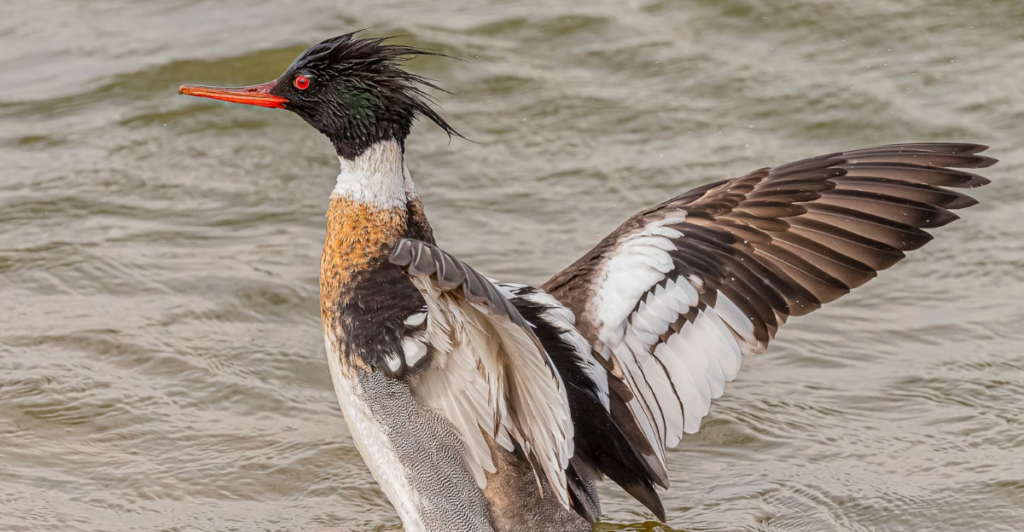
The red-breasted merganser is a diving duck known for its speed and agility in flight, reaching up to 80 mph (129 km/h). It has a slender, serrated bill adapted for catching fish, its primary diet. Red-breasted mergansers are found in freshwater lakes and rivers across North America and Eurasia, migrating to coastal waters during winter. They are excellent divers, using their webbed feet to propel themselves underwater in pursuit of prey. During the breeding season, males display striking plumage with a dark green head and a distinctive double crest, while females have a more subdued appearance with a reddish-brown head and gray body.
8. Grey-Headed Albatross – 79 mph (127 km/h)
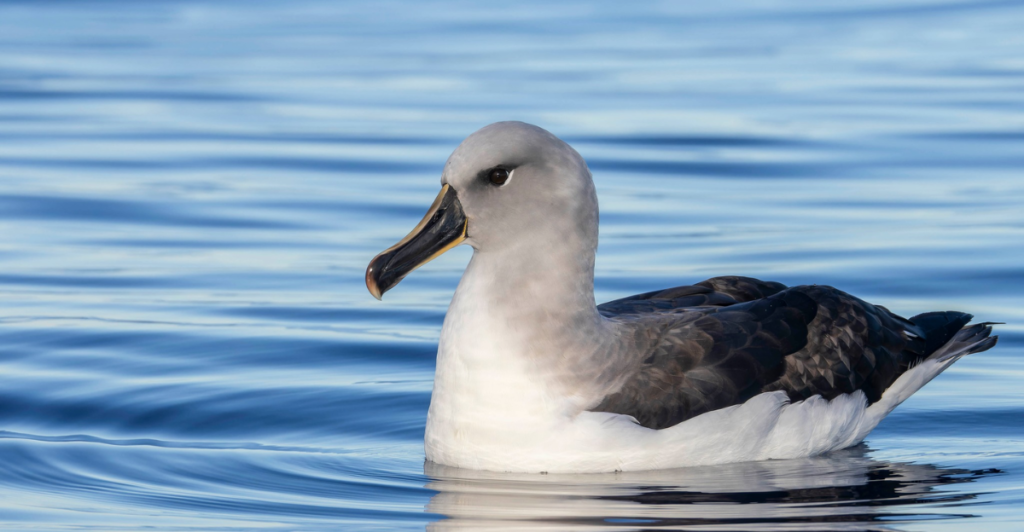
The grey-headed albatross is a master of the skies, known for its remarkable endurance and speed. Clocking in at 79 mph (127 km/h), it is one of the fastest flying seabirds. This species is found in the Southern Ocean, where it thrives in harsh, windy conditions. Grey-headed albatrosses are known for their long-distance migrations, sometimes circling the globe in a single trip. They have a wingspan of up to 2.2 meters (7.2 feet), which allows them to glide effortlessly over ocean waves. These birds primarily feed on squid, fish, and krill, often diving into the water to catch their prey. Sadly, they are listed as endangered due to threats like fishing bycatch and habitat degradation.
9. Rock Dove (Pigeon) – 77 mph (124 km/h)
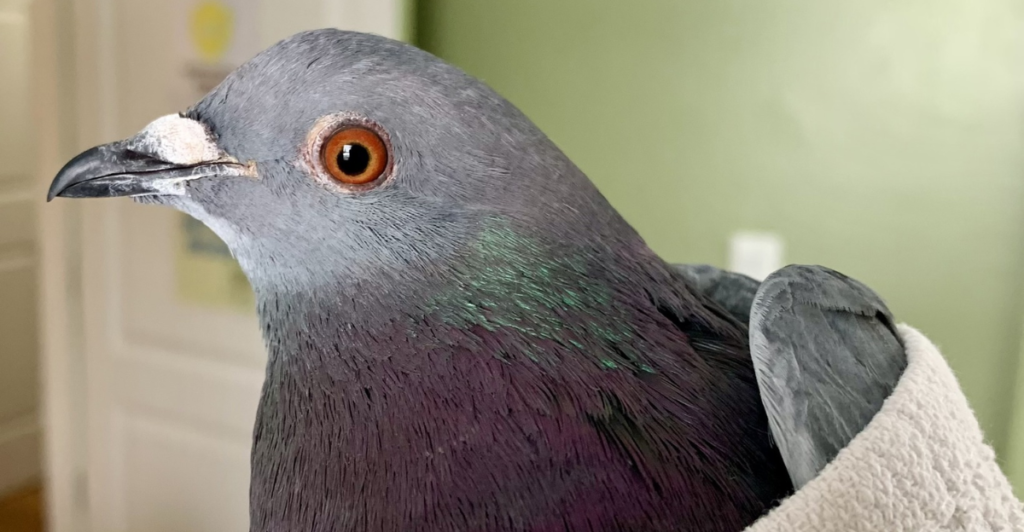
Though often overlooked, the rock dove, or common pigeon, is surprisingly fast, capable of reaching speeds up to 77 mph (124 km/h). Pigeons are famous for their homing ability, often returning to their nests from long distances with incredible precision. Their speed and endurance have made them invaluable as messengers throughout history, especially during wartime. Native to Europe, North Africa, and Asia, rock doves have now spread across the globe, thriving in urban environments. These birds are highly adaptable and feed on seeds, grains, and scraps. Their iridescent neck feathers and cooing calls are iconic traits of this familiar city dweller.
10. White-Faced Storm Petrel – 75 mph (121 km/h)
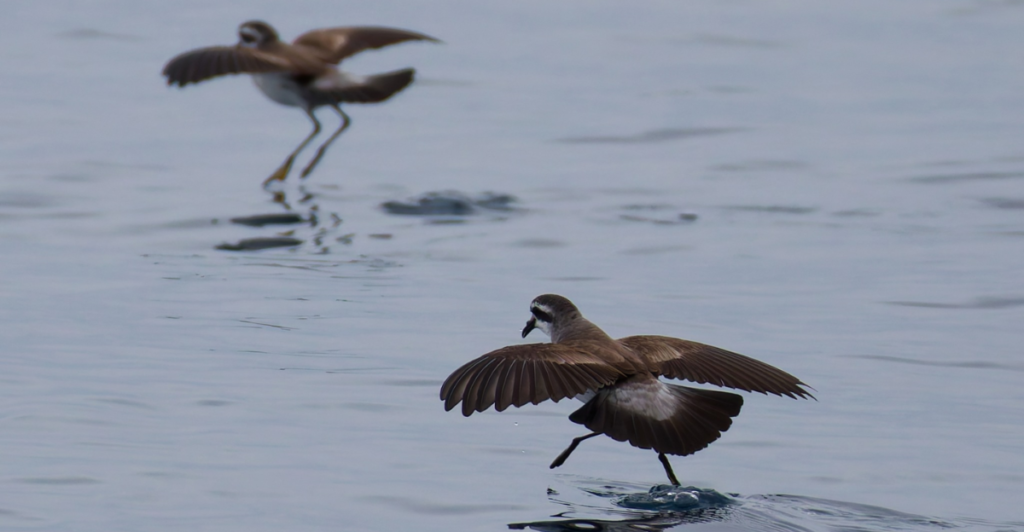
The white-faced storm petrel is a small seabird that combines speed and agility, reaching up to 75 mph (121 km/h). Found in the open oceans of the Southern Hemisphere, these birds are excellent at gliding over the water’s surface, often appearing to “dance” as they hop from wave to wave. Their diet consists mainly of planktonic crustaceans and small fish, which they pick off the surface of the water. White-faced storm petrels are pelagic, spending most of their lives at sea and only coming to land to breed. Their unique flight style and small size make them a fascinating species to observe.
11. Canvasback – 73 mph (117 km/h)
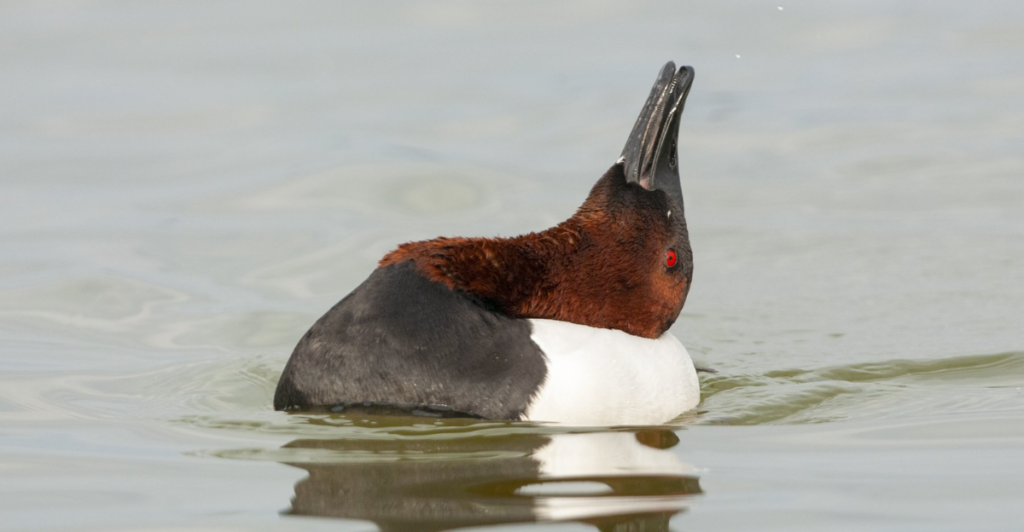
The canvasback is North America’s fastest duck, reaching impressive speeds of 73 mph (117 km/h). Named for its distinctive white back, which resembles canvas, this waterfowl is known for its streamlined body and powerful flight. Canvasbacks breed in freshwater marshes and prairie potholes and migrate to coastal bays and lakes during winter. Their diet consists of aquatic plants, seeds, and invertebrates. Male canvasbacks are easily recognizable by their red eyes, chestnut-colored head, and black breast. These ducks are prized by hunters for their speed and taste, earning them the nickname “king of ducks.”
12. Mallard – 65 mph (105 km/h)
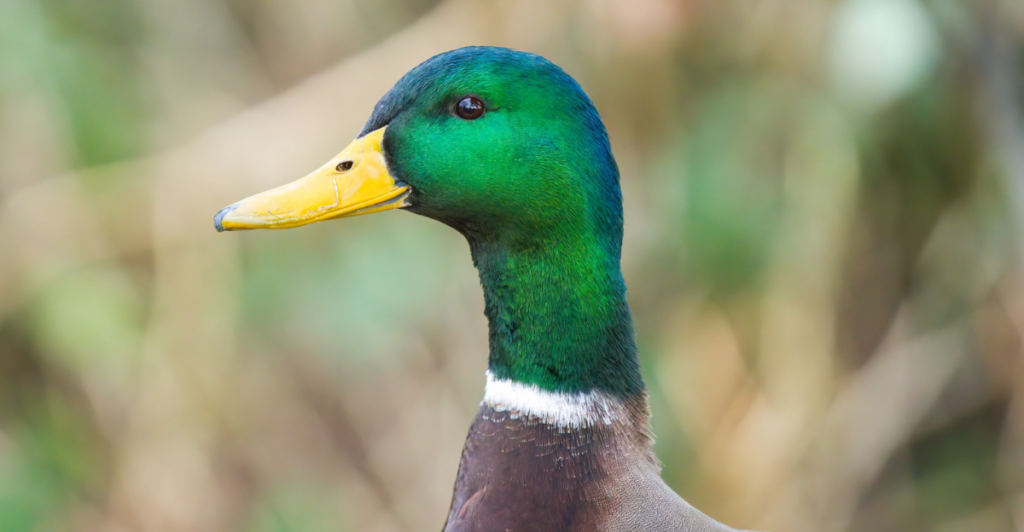
The mallard, one of the most common and widely recognized ducks, is also one of the fastest, flying at speeds up to 65 mph (105 km/h). Known for their distinctive green heads (in males) and iconic quacking, mallards are found across the globe, inhabiting wetlands, ponds, and rivers. They are omnivorous, feeding on seeds, aquatic plants, insects, and small fish. Mallards are highly adaptable and have been domesticated, contributing to many breeds of domestic ducks. Their speed and agility in flight make them a favorite among birdwatchers and hunters alike.
13. Anna’s Hummingbird – 61 mph (98 km/h)
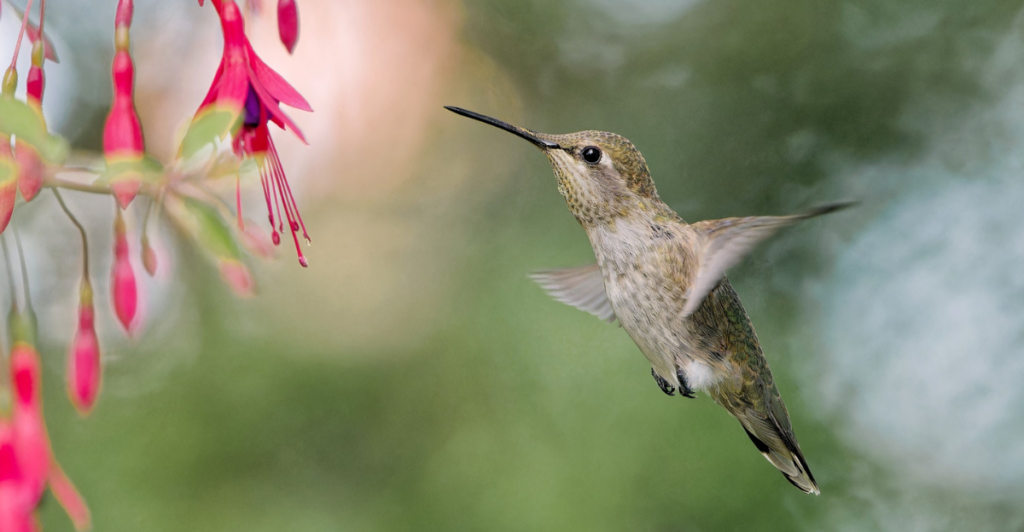
Rounding out the list is Anna’s hummingbird, a tiny bird with incredible speed, reaching 61 mph (98 km/h) during courtship dives. Native to the western United States and Canada, these hummingbirds are known for their iridescent green and pink feathers. Their rapid wingbeats—up to 50 per second—enable them to hover in place and maneuver with precision. Anna’s hummingbirds primarily feed on nectar but also eat small insects for protein. Despite their small size, they are fiercely territorial and will aggressively defend feeding territories from other birds.
With these aerial marvels, it’s clear that the animal kingdom is full of high-speed wonders, each uniquely adapted for life in the skies! Which of these speedy creatures impressed you the most?
References:
Ranked: Fastest Flying Animals In The World
The Fastest Animals on Earth
List of North American birds
Fastest Birds in the World- [UPDATED]
The Fastest Flying Birds & Animals In The World
Stay connected with us for more stories like this! Follow us to get the latest updates or hit the Follow button at the top of this article, and let us know what you think by leaving your feedback below. We’d love to hear from you!







